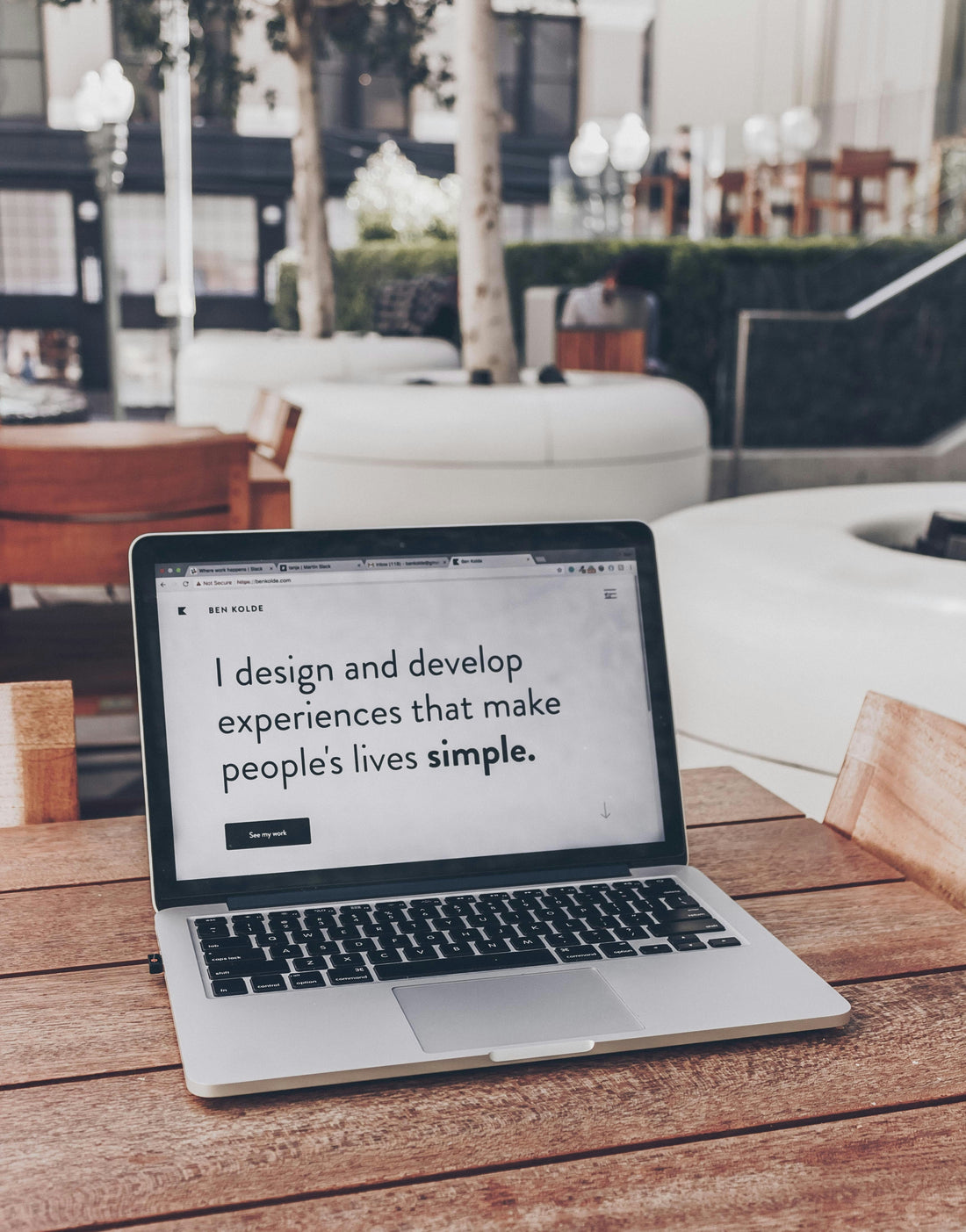The Importance of Interior Design: Circulation, Visuals, Comfort, Practicality, and Organization
Interior design is far more than just choosing beautiful furniture and color schemes. At its core, it’s about creating spaces that are functional, comfortable, and visually pleasing while optimizing every inch to enhance how we live and interact within them. A well-designed interior balances circulation, visuals, comfort, practicality, and organization, transforming a space into an environment that feels right in every sense.
Circulation: The Flow of Movement
Effective interior design starts with circulation. A well-thought-out floor plan ensures seamless movement throughout the space, preventing bottlenecks and creating a sense of openness. Whether it’s a home, office, or commercial space, circulation is critical to functionality. Designers strategically position furniture, pathways, and entry points to create an intuitive flow that aligns with the space’s purpose, making navigation effortless and efficient.
Visual Appeal: A Feast for the Eyes
The aesthetics of a space significantly impact our emotions and perceptions. Interior designers carefully curate colors, materials, textures, and lighting to create a visually harmonious environment. A room’s visual appeal not only makes it attractive but also sets the tone—whether it’s calm and serene, vibrant and energizing, or warm and welcoming. Balanced proportions, focal points, and a thoughtful interplay of light and shadow further elevate the design, ensuring that the space is as inspiring as it is functional.
Comfort: Where Function Meets Feeling
Comfort is at the heart of good design. It’s not just about selecting cozy furniture; it’s about creating a space that feels inviting and suits its purpose. From ergonomic seating and proper lighting to temperature regulation and acoustic solutions, comfort addresses both physical and psychological needs. A well-designed interior fosters relaxation, productivity, and well-being, tailored to the lifestyle or work habits of its inhabitants.
Practicality: Making It Work
An aesthetically pleasing space loses its charm if it’s not practical. Interior design ensures that every element serves a purpose and supports the space’s function. Storage solutions, durable materials, and flexible layouts are essential considerations. For example, a family home may prioritize child-friendly furniture and ample storage, while a restaurant’s design will emphasize seating arrangements, traffic flow, and ambiance to enhance the dining experience.
Organization: Chaos-Free Living
Good design also means good organization. A clutter-free environment promotes peace of mind and efficiency. Designers incorporate smart organizational solutions, such as hidden storage, built-ins, and designated areas for specific activities, to keep spaces tidy and functional. Thoughtful organization ensures that everything has a place, reducing stress and making daily routines smoother.
The Bigger Picture
When these elements—circulation, visuals, comfort, practicality, and organization—are seamlessly combined, the result is a space that enhances the quality of life. Whether it’s a home that feels like a sanctuary, an office that boosts productivity, or a retail space that invites customers in, interior design is about creating environments that resonate with the people who use them.
At Dhaluworld, we bring these principles to life through our expertise in space planning, thoughtful material selection, and personalized client questionnaires. Every design experience is tailored to fit your unique needs, ensuring a space that is not only beautiful but also functional, comfortable, and entirely yours. Let us help you design a better way of living!

